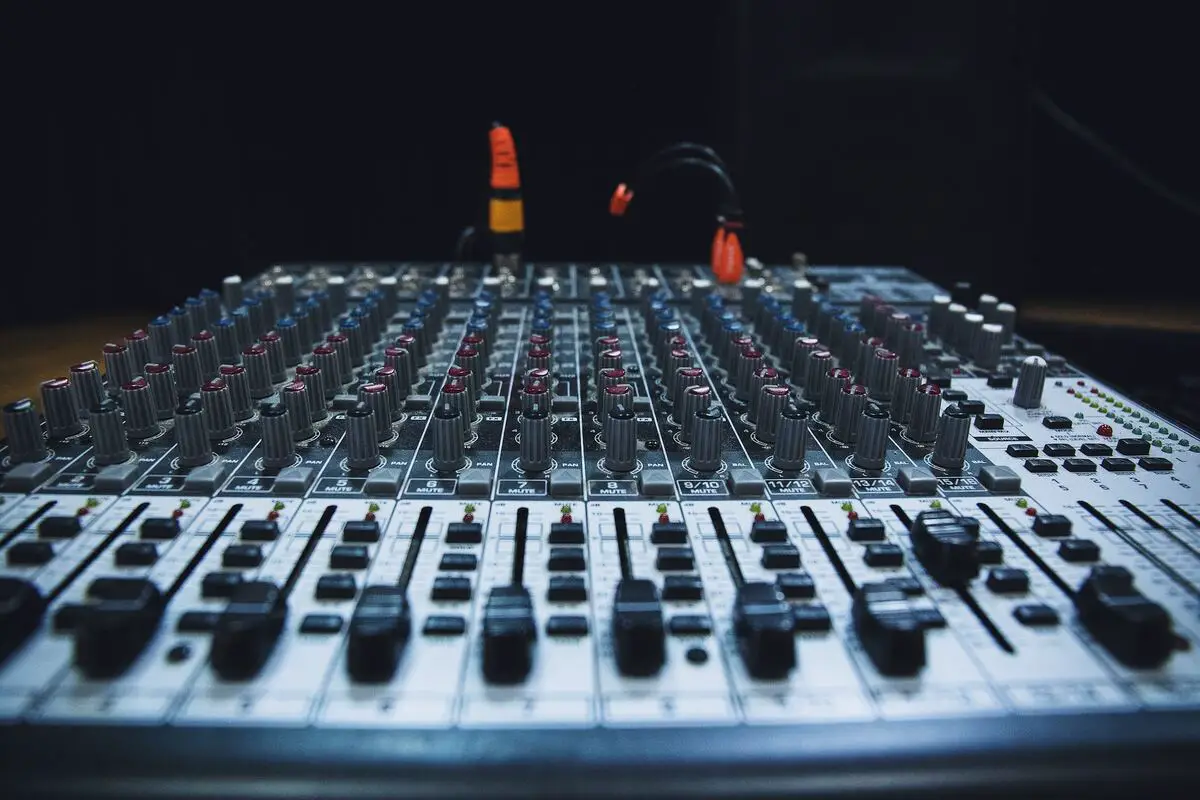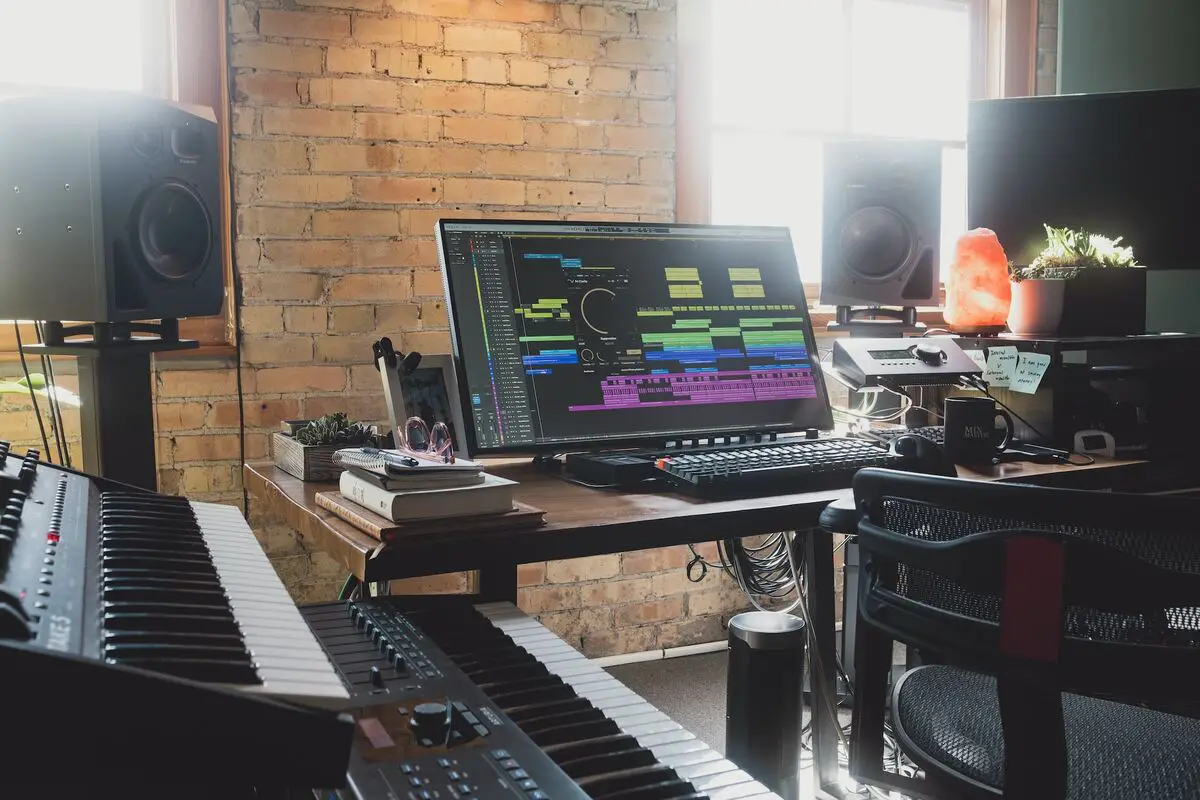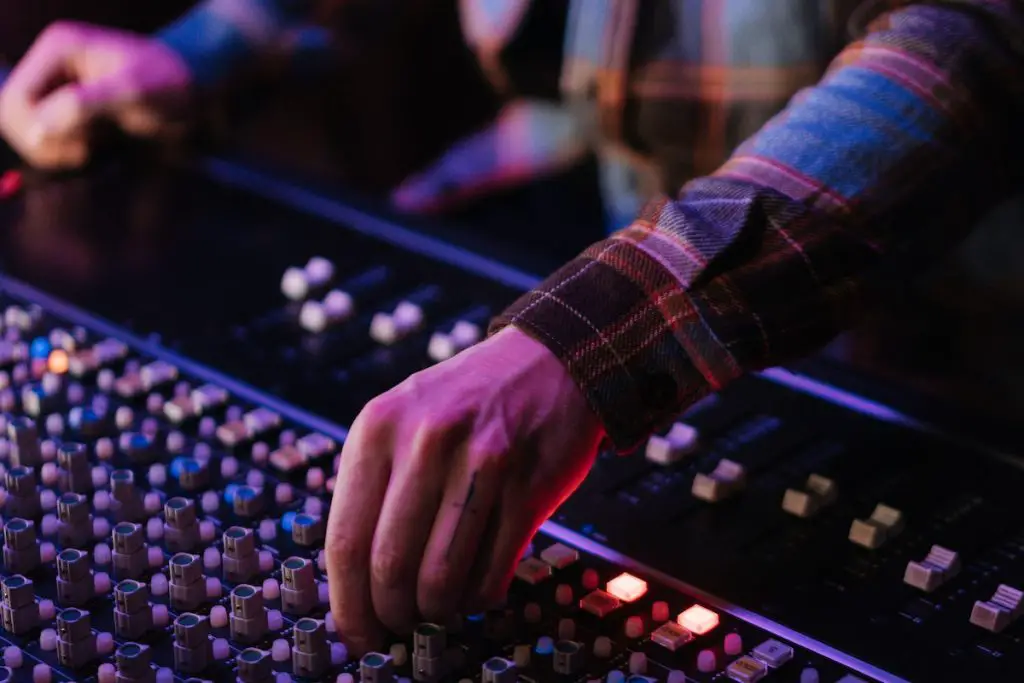Hey there, fellow music enthusiasts! Have you ever heard of hybrid mixing? Well, you’ve come to the right place to uncover the secret sauce of modern music production. Hybrid mixing is the perfect blend of analog warmth and digital precision that can elevate your sound to new heights.
In this blog post, we’ll dive into the world of hybrid mixing, exploring its importance, how it combines the best of both analog and digital realms, and the benefits it brings to music producers like us. So, are you ready to mix things up and hybridize your music production game? Let’s jump right in and discover how hybrid mixing can help you create innovative, unique, and groundbreaking sounds!
What is hybrid mixing? Hybrid mixing is a music production technique that combines the warmth and creative flair of analog mixing with the precision and recall ability of digital mixing.
What are hybrid mixers?
Hybrid mixers are audio mixing devices that combine analog and digital technologies, featuring both analog and digital signal paths. They often come with capabilities like USB inputs/outputs, digital effects processing, or built-in digital recorders.

They offer the precision of the digital world through automation, clip gain, plug-ins, and editing functions while retaining the warmth and human touch of analog mixing. Hybrid mixers are designed to provide flexibility and faster setup, reducing turn-around times in audio engineering.
AKAI Professional MPK Mini MK3

AKAI Professional MPK Mini MK3
How does hybrid mixing combine analog and digital techniques?
Hybrid mixing is an innovative approach that combines the best aspects of both analog and digital technologies, allowing audio engineers to harness the advantages of each in their work. This fusion is achieved by incorporating analog signal paths, such as traditional mixing consoles and outboard gear, with digital tools like digital audio workstations (DAWs), plug-ins, and digital effects processors.
…analog preamps and equalizers can shape the tonal quality of the sound, whereas digital plug-ins and automation provide detailed control over various parameters in a mix.
In this setup, analog components add the sought-after warmth and character that many engineers and musicians love, while digital elements bring precision, flexibility, and efficiency to the mixing process. For example, analog preamps and equalizers can shape the tonal quality of the sound, whereas digital plug-ins and automation provide detailed control over various parameters in a mix.
One popular hybrid mixer is the Korg SoundLink MW-1608 mixer. This mixer employs both analog and digital components, featuring analog signal paths alongside a digital effects engine for enhanced processing capabilities. By integrating these technologies, the Korg SoundLink MW-1608 allows engineers to enjoy the hands-on control and warmth of analog mixing while benefiting from the convenience and precision offered by digital tools.
What makes a hybrid mixing setup appealing?
Opting for a hybrid mixing setup offers several advantages that make it an appealing choice for audio professionals. One of the key benefits is that it allows engineers to enjoy the best of both worlds, combining the warmth and character of analog equipment with the precision and flexibility of digital tools.
A hybrid setup enables faster and more adaptable workflows, which is particularly important at a time when clients often prioritize efficiency over quality. By merging analog and digital techniques, engineers can quickly switch between different tasks, such as adjusting levels on an analog console and applying digital effects or automation in a DAW.
Moreover, hybrid mixing can enhance the creative process, as it encourages the exploration of diverse sonic textures and processing options. For example, an engineer might use an analog compressor for its distinctive tonal character on a vocal track while simultaneously employing a digital reverb plug-in for its precise control over the reverberation time and tone.

What about using a single analog EQ for multiple tracks?
If you only have one analog EQ at your disposal, don’t fret. You can still make the most of it using a clever plugin called QClone by Waves. QClone allows you to copy your analog EQ settings and store them within a plugin. This means you can save the EQ settings you have on one track, move the hardware EQ to another track, and create entirely new presets. This gives you the ability to use a single analog EQ across multiple tracks, offering versatility and creative freedom.
How does using analog EQ impact session recall?
One advantage of using plugins before the analog desk is improved session recall. Since the DAW saves all the plugin presets and automation, recalling a mix is much simpler. All that’s left to recall is the fader positions, aux sends, and some EQ adjustments. This combination of digital precision and analog warmth offers the best of both worlds when it comes to convenience and sonic quality.
In conclusion, incorporating analog EQs into your hybrid mixing setup can bring a touch of magic and character to your mixes. While plugins have their place, there’s still no substitute for the sonic qualities that analog gear imparts. Experiment with different analog EQs, explore their sonic possibilities, and find the perfect balance between digital precision and analog magic in your mixes.

Advantages and disadvantages of hybrid mixing
Let’s explore the pros and cons of hybrid mixing to provide a balanced overview of this approach that combines analog and digital techniques in audio production.
Advantages
Let’s dive into the benefits of hybrid mixing:
- Best of both worlds: Hybrid mixing allows you to harness the warmth and character of analog equipment while enjoying the precision and flexibility of digital tools.
- Efficiency: Hybrid setups facilitate faster and more adaptable workflows, which can be crucial in meeting client expectations for quick turnaround.
- Creative possibilities: Merging analog and digital domains encourages experimentation with diverse sonic textures and processing options, enhancing the creative process.
- Scalability: Hybrid mixing systems can be easily expanded or adjusted to accommodate varying project requirements, from small home studios to large professional facilities.
Disadvantages
Now let’s consider some of the potential drawbacks of hybrid mixing:
- Increased complexity: Managing both analog and digital components within a single system can be more challenging than working exclusively within one domain.
- Cost: A hybrid setup may require a higher initial investment, as it combines the cost of both analog and digital equipment.
- Maintenance: Analog gear often requires more maintenance and calibration than purely digital systems, which may increase long-term costs and operational demands.
- Learning curve: Mastering the nuances of both analog and digital equipment can take time and effort, especially for those new to audio engineering or transitioning from a single-domain background.
If you want even more tips and insights, watch this video called “Hybrid mixing | where do you start?” from the Mixing Music Analog YouTube channel.
Frequently asked questions (FAQ)
Do you still have questions about hybrid mixing? Below are some of the most commonly asked questions.
What exactly is hybrid mixing?
Hybrid mixing is an audio production method that combines the advantages of both analog and digital technologies. It merges the warmth and character of analog gear with the precision and flexibility of digital tools to offer a versatile and efficient mixing process.
Why should I choose a hybrid mixing setup over a purely analog or digital setup?
A hybrid mixing setup offers the best of both worlds. You can enjoy the unique sonic qualities of analog equipment while benefiting from the precision, automation, and ease of use provided by digital tools. This approach allows for greater creative freedom, as well as faster and more flexible workflows, making it suitable for various project requirements.
How can I get started with hybrid mixing?
To get started with hybrid mixing, you’ll need to invest in both analog and digital gear. This might include analog compressors, equalizers, and preamps, as well as a digital audio workstation (DAW) and digital plug-ins for effects processing.
You’ll also need an audio interface with analog inputs and outputs to connect your gear and a control surface to help you navigate your DAW more efficiently. Start by researching popular hybrid mixing equipment and determining which tools best suit your needs and budget.
Conclusion
And there you have it, a comprehensive look at hybrid mixing and its unique blend of analog and digital magic! We hope you found this post to be a sound investment of your time. Are you ready to mix things up and embrace the best of both worlds with hybrid mixing? Did I cover everything you wanted to know? Let me know in the comments section below – I read and reply to every comment.
If you found this article helpful, share it with a friend, and don’t forget to explore my full blog for more tips and tricks on audio production. Thanks for reading, and may your mixes always strike the perfect balance!
Key takeaways
This article covered hybrid mixing. Here are some key takeaways:
- Hybrid mixing combines the best of analog and digital technology in a single setup.
- Hybrid mixers provide a balance between analog warmth and digital precision.
- Faster and flexible setup, along with reduced turnaround times, are some benefits of hybrid mixing.
- There are various advantages and disadvantages to hybrid mixing, but overall, it can be a valuable tool for audio engineers.















